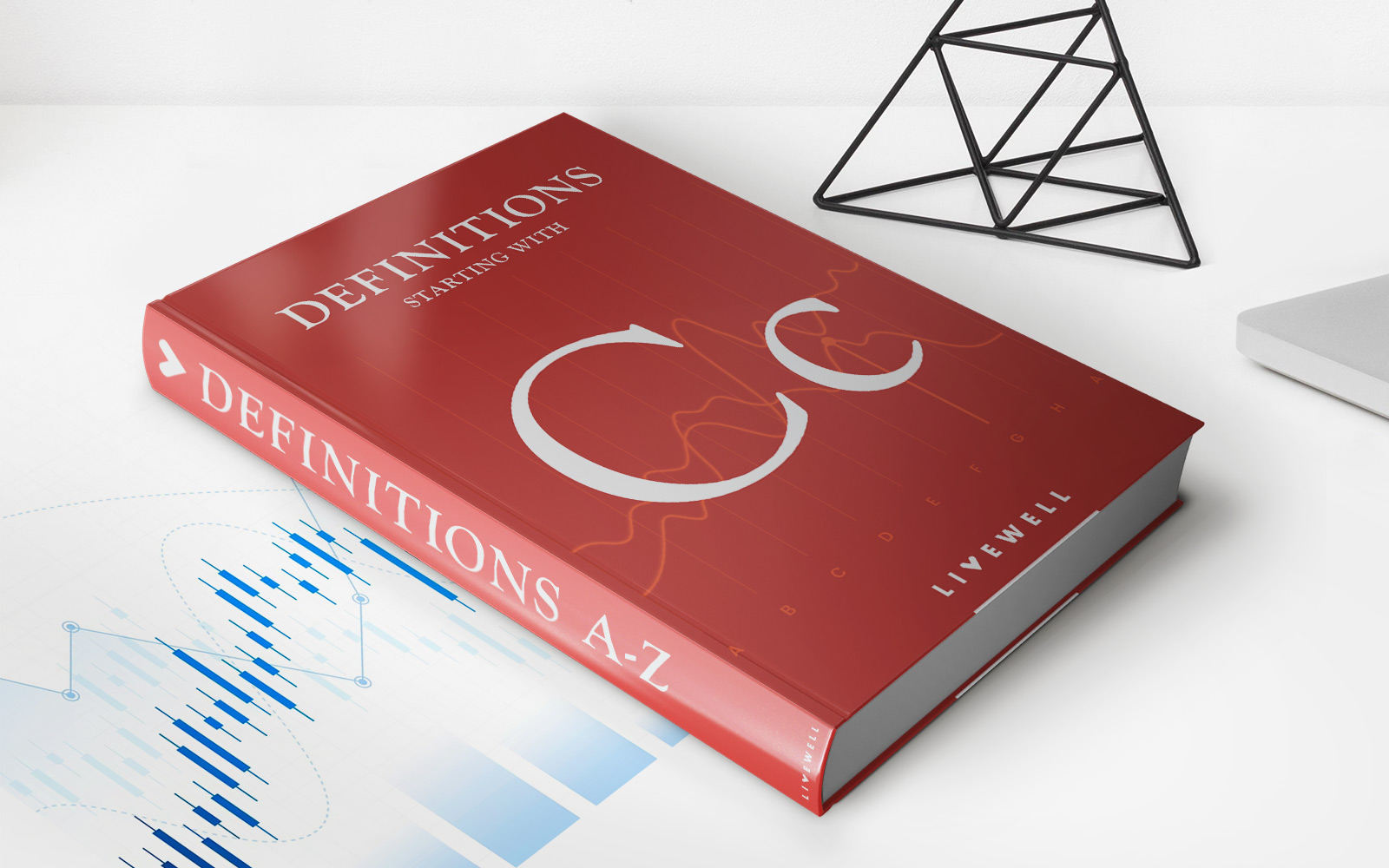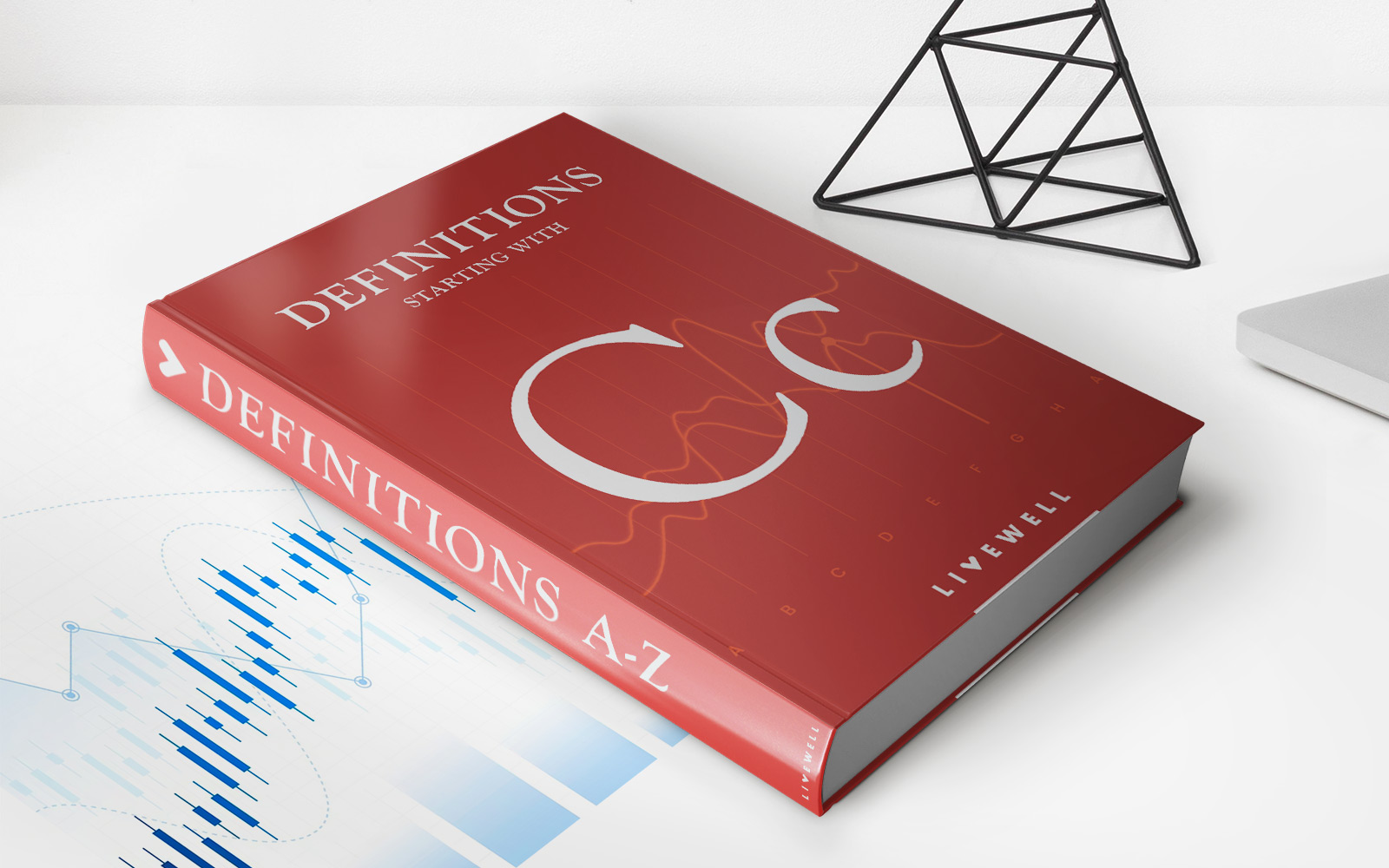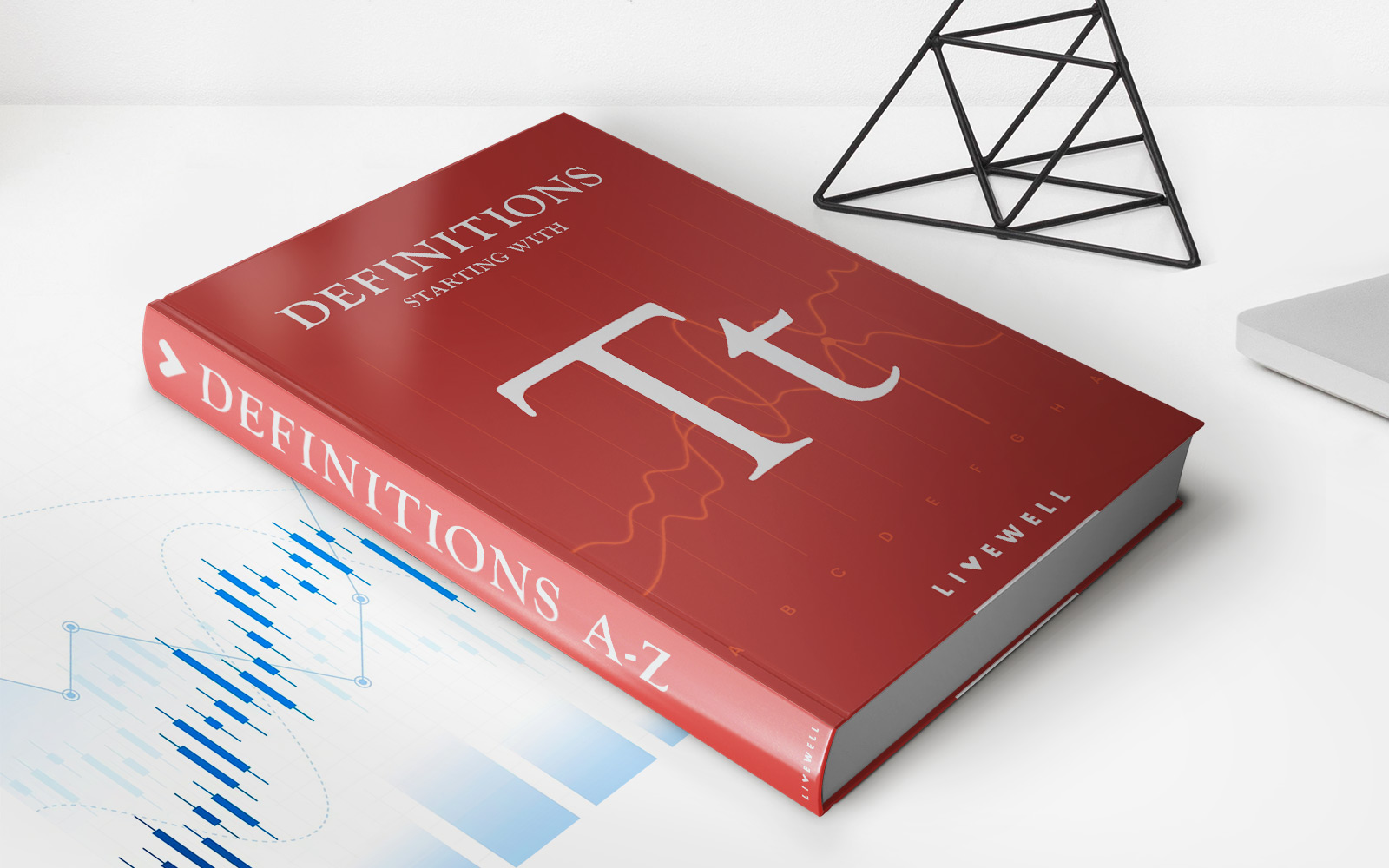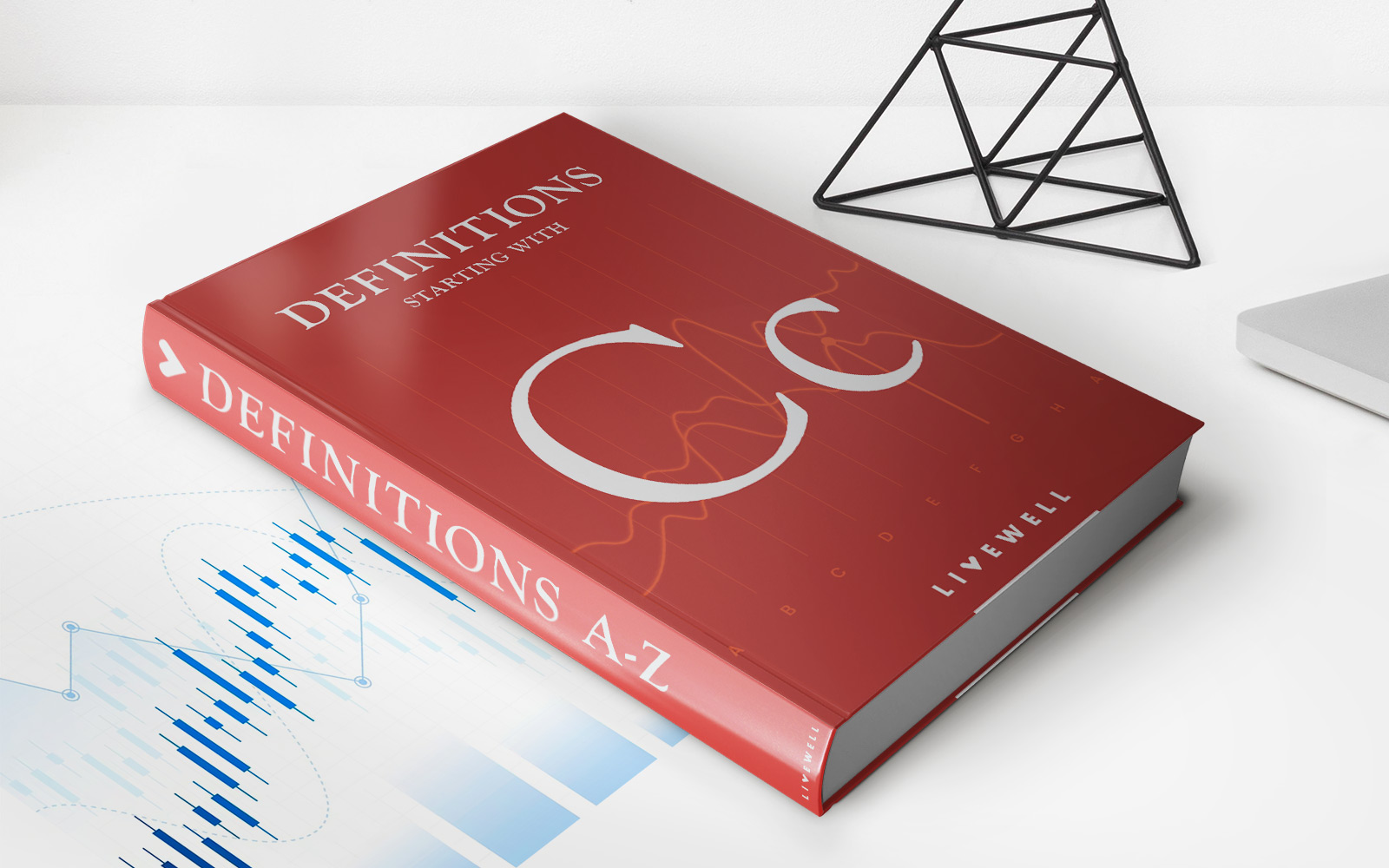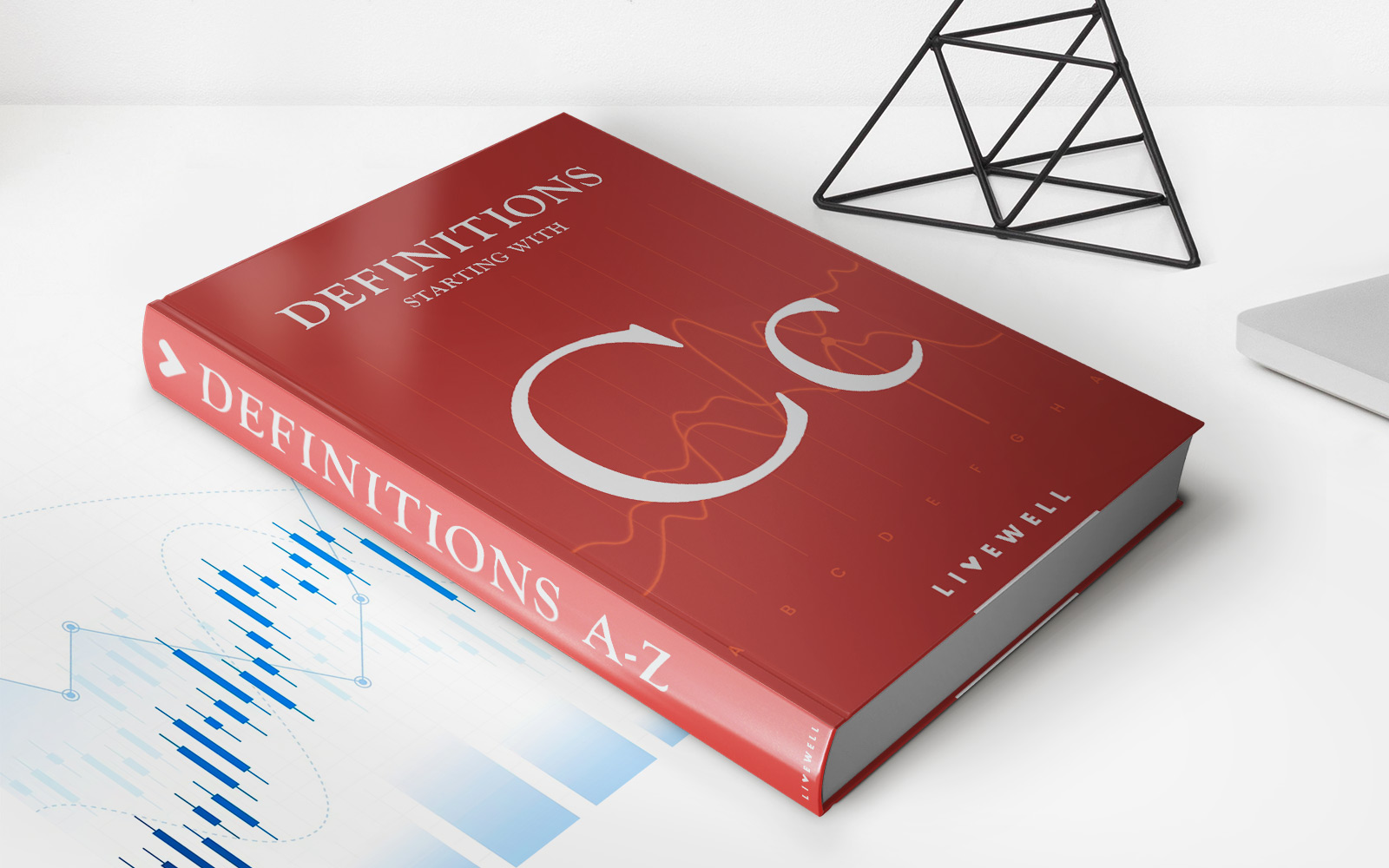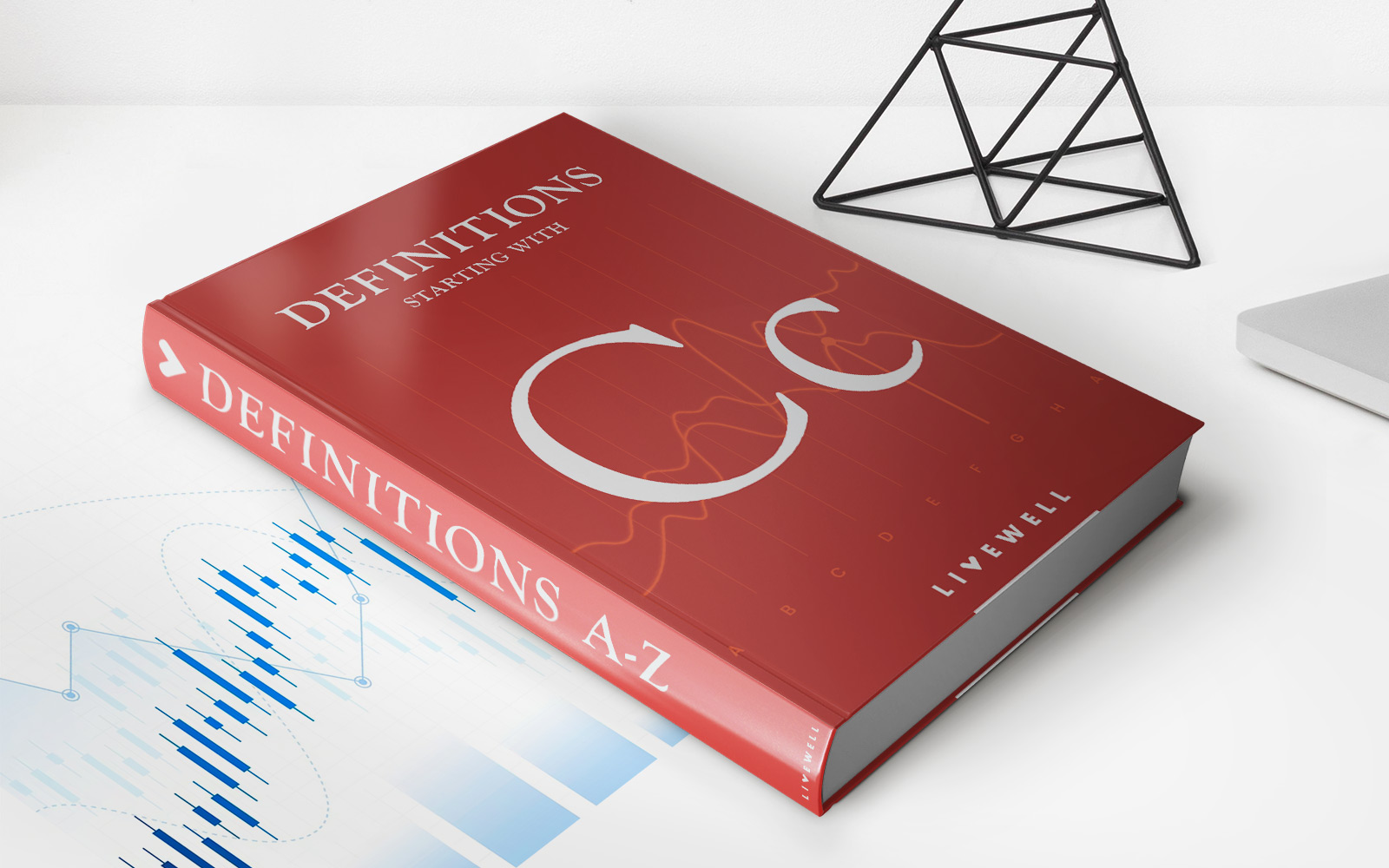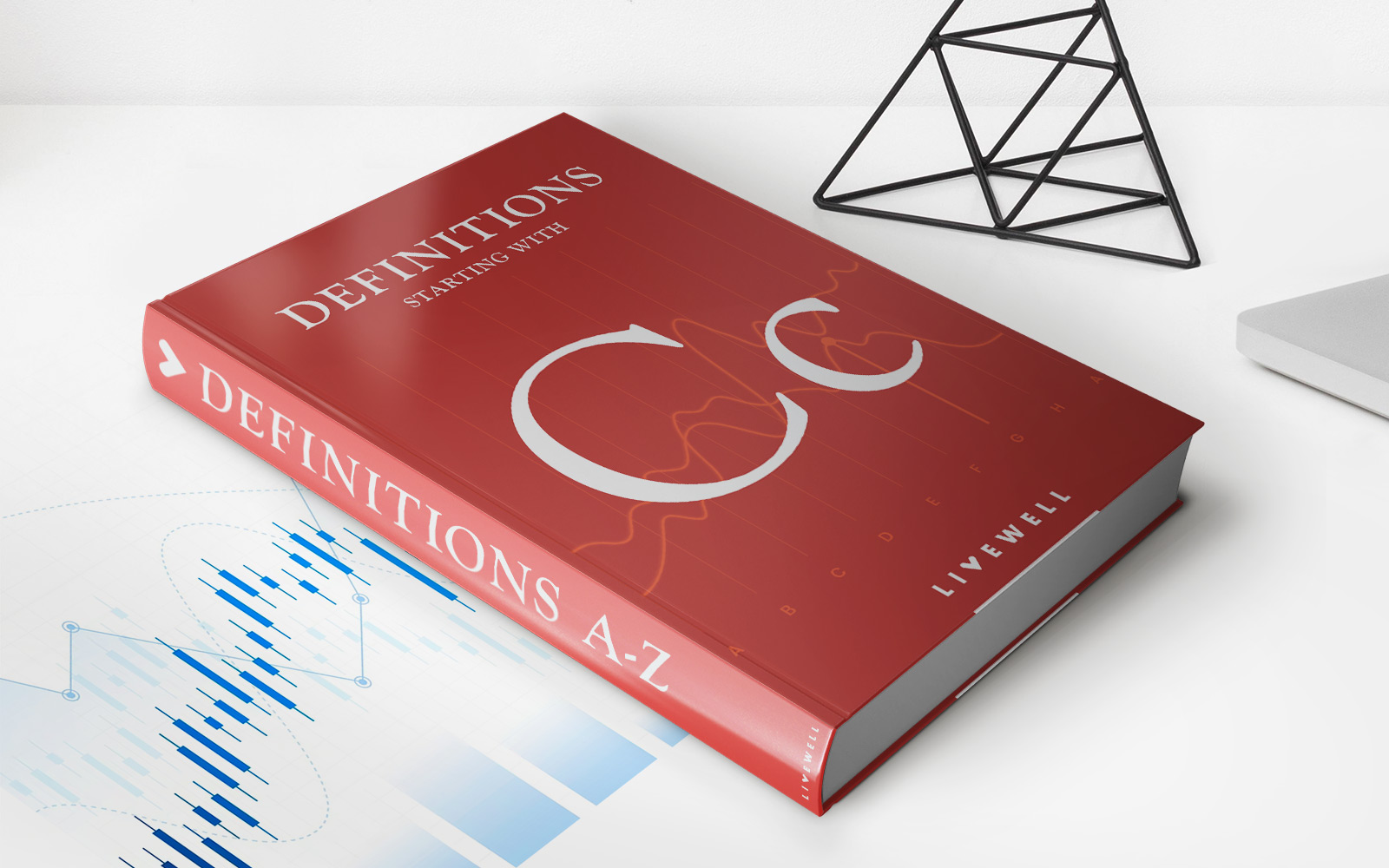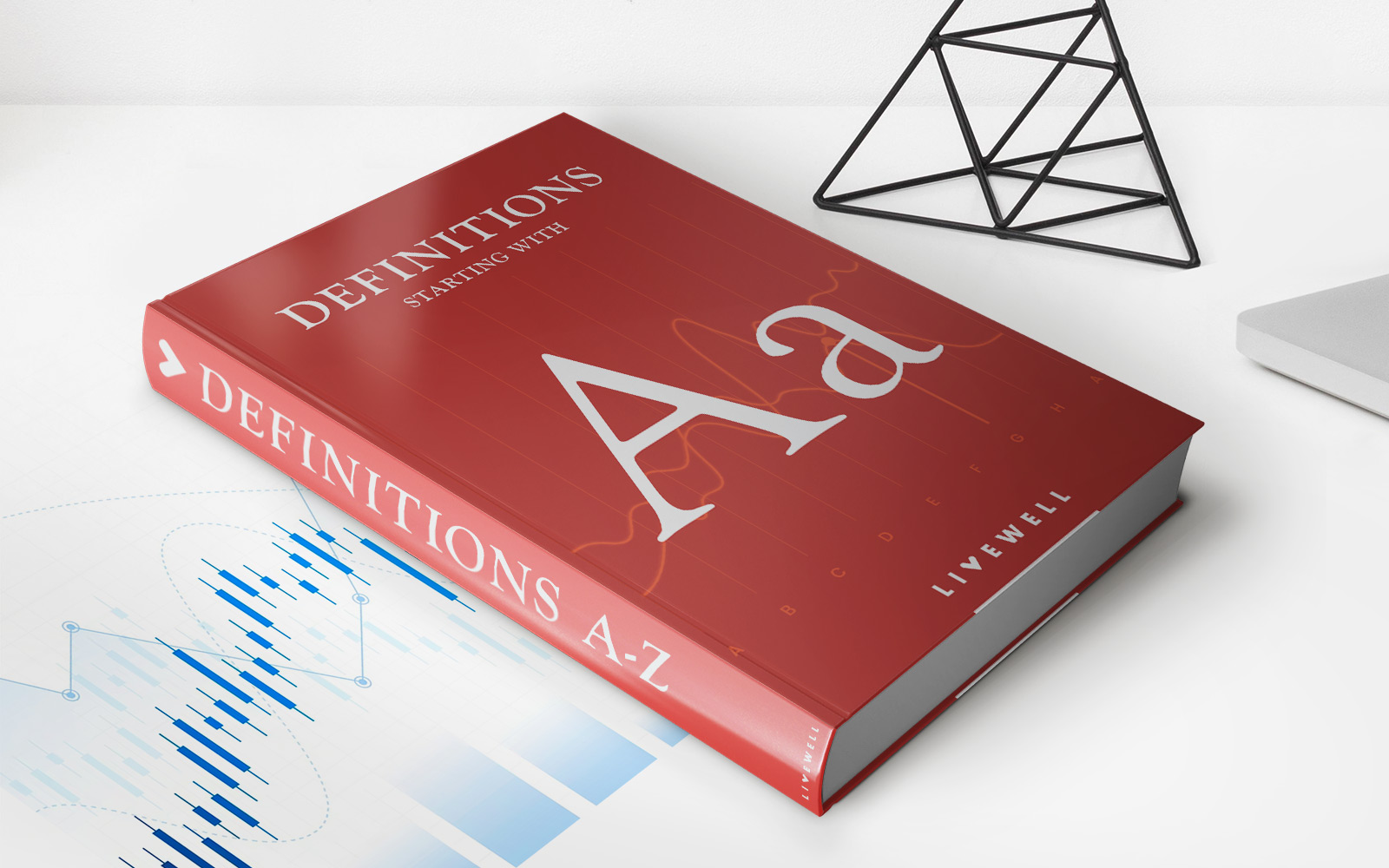Home>Finance>Tick Size: Definition In Trading, Requirements, And Examples
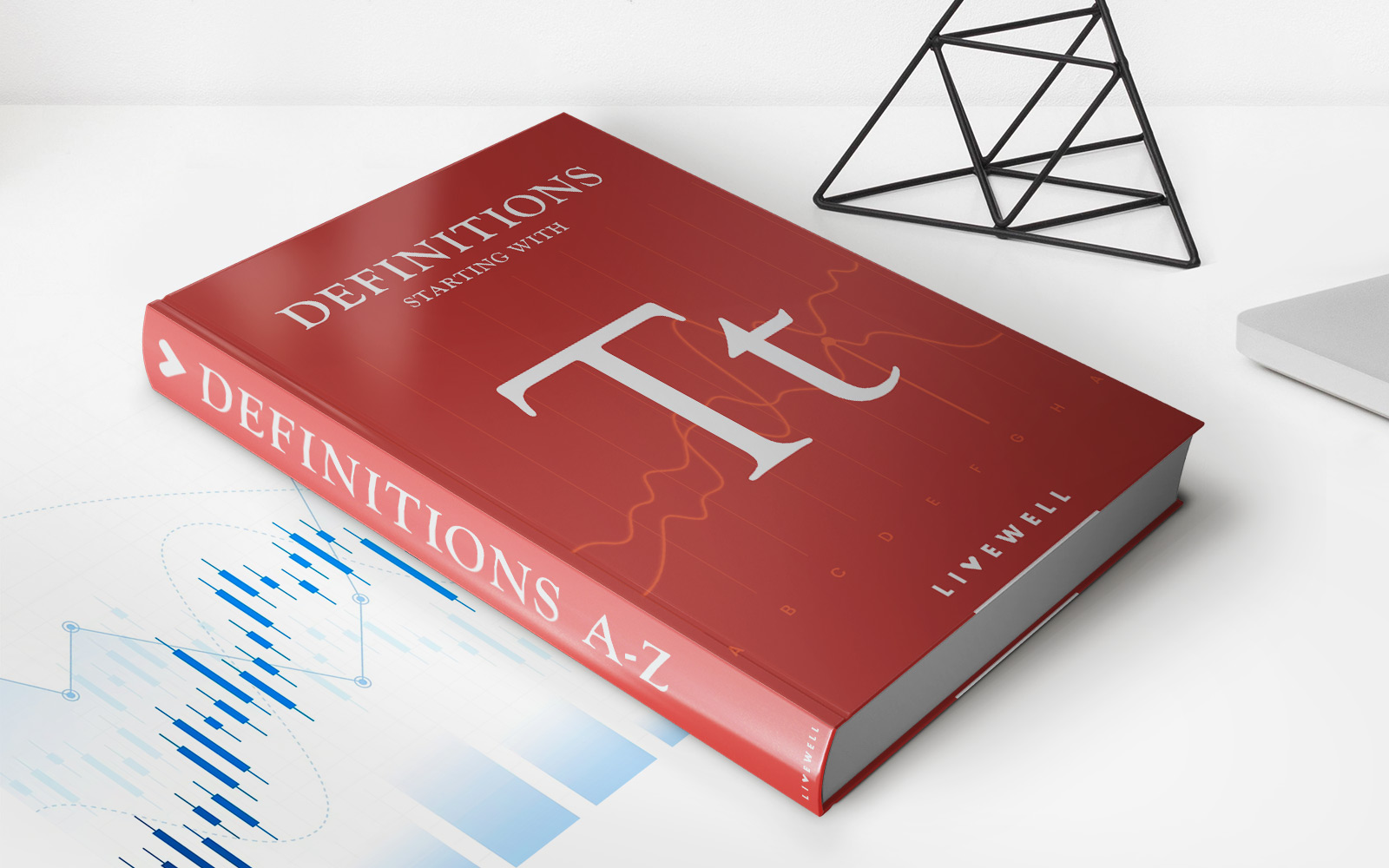

Finance
Tick Size: Definition In Trading, Requirements, And Examples
Published: February 8, 2024
Learn the definition of tick size in finance, its requirements, and find examples to improve your trading knowledge and make informed decisions.
(Many of the links in this article redirect to a specific reviewed product. Your purchase of these products through affiliate links helps to generate commission for LiveWell, at no extra cost. Learn more)
Tick Size: Definition in Trading, Requirements, and Examples
Welcome to our “FINANCE” blog! In this post, we will dive into the concept of tick size in trading. If you’ve ever wondered what tick size is, how it impacts trading, and what the requirements are, you’ve come to the right place. We will explore tick size in detail and provide you with examples to help you better understand its significance in the financial markets.
Key Takeaways:
- Tick size is the minimum incremental value by which the price of a security can move.
- Tick size requirements are set by regulatory authorities and may vary depending on the type of security and exchange.
What is Tick Size?
In trading, tick size refers to the minimum price movement that a security can make. It represents the smallest possible increment in the price of a security. The tick size is crucial as it determines how small or large the price changes can be within a trading session.
Tick sizes are determined by regulatory authorities, such as stock exchanges or market regulators, to ensure fair and orderly trading. These requirements help maintain transparency and prevent excessive price volatility. Tick sizes can vary depending on the type of security being traded and the exchange where it is listed.
Tick Size Requirements
Tick size requirements are established by regulatory bodies to ensure market integrity and enhance trading efficiency. The tick size for a particular security is typically based on factors such as the price range, liquidity, and trading volume of the security. Here are a few points to consider regarding tick size requirements:
- Regulatory authorities set the tick size for different securities based on their characteristics and trading patterns. Stocks, options, futures, and other financial instruments may have different tick sizes.
- Tick size requirements may vary across different exchanges. For example, the tick size for a stock listed on the New York Stock Exchange (NYSE) may differ from the tick size for the same stock listed on the Nasdaq.
- Tick sizes may be adjusted over time to meet changing market conditions or to accommodate trading innovations. Regulatory authorities monitor market dynamics and may adjust tick sizes to ensure fairness and market efficiency.
Examples of Tick Size
Let’s look at a couple of examples to illustrate how tick size works:
Example 1: Imagine Company A’s stock is currently priced at $100, and the tick size for this stock is $0.01. This means that the stock can move in increments of $0.01. If the stock price increases to $100.01, it is considered a tick up. Conversely, if the price decreases to $99.99, it is considered a tick down. The tick size helps determine the minimum price movement allowed for this stock.
Example 2: Suppose you are trading an options contract with a tick size of $0.05. If the bid price for the contract is $1.00 and the ask price is $1.05, you cannot place a bid lower than $1.00 or an ask higher than $1.05. The tick size rule prohibits trading at prices within the tick size increment.
These examples demonstrate how tick size affects the price movements and trading activity of securities in different markets.
Wrap Up
Understanding tick size is crucial for traders and investors as it impacts price movements and trading strategies. It is important to familiarize yourself with the tick size requirements for the securities you trade to ensure compliance and make informed decisions.
In this blog post, we have explored the definition of tick size, discussed the requirements set by regulatory authorities, and provided examples to enhance your understanding of this important concept in trading.
We hope you found this post helpful in expanding your knowledge of tick size. Stay tuned for more informative articles on various finance-related topics in our “FINANCE” blog category.
